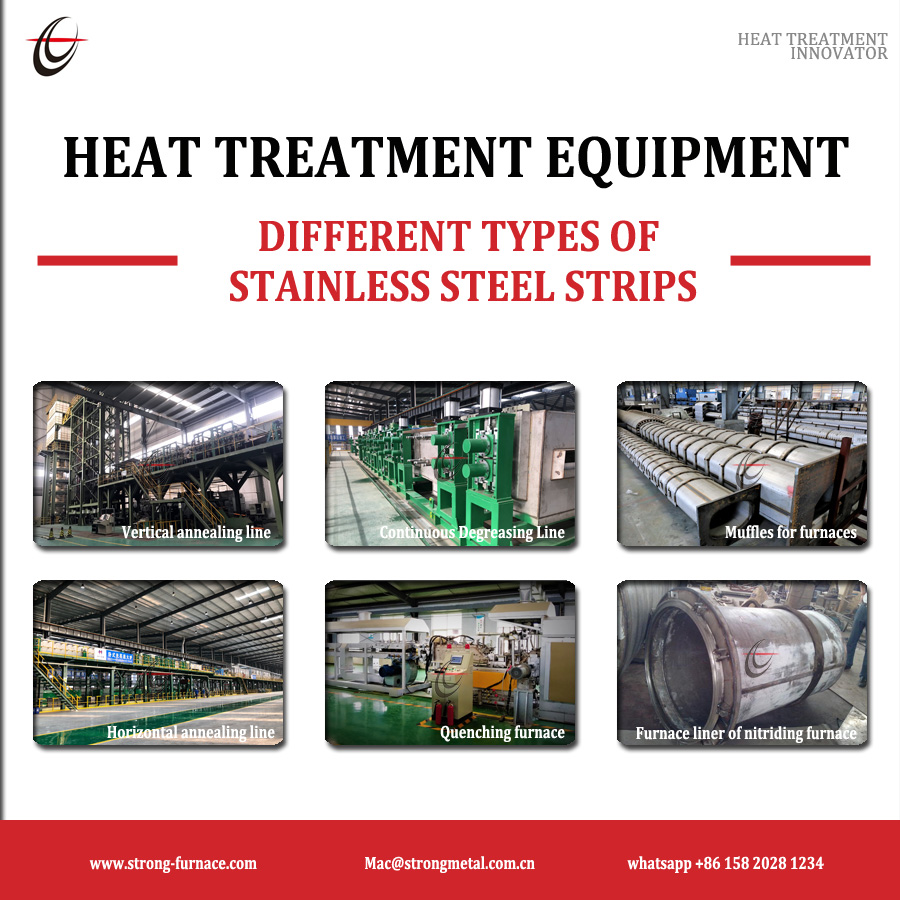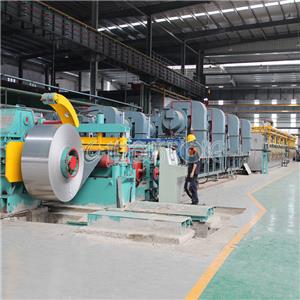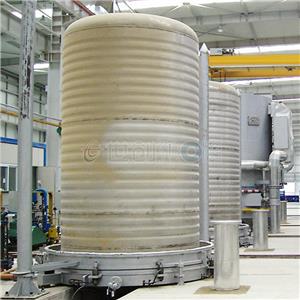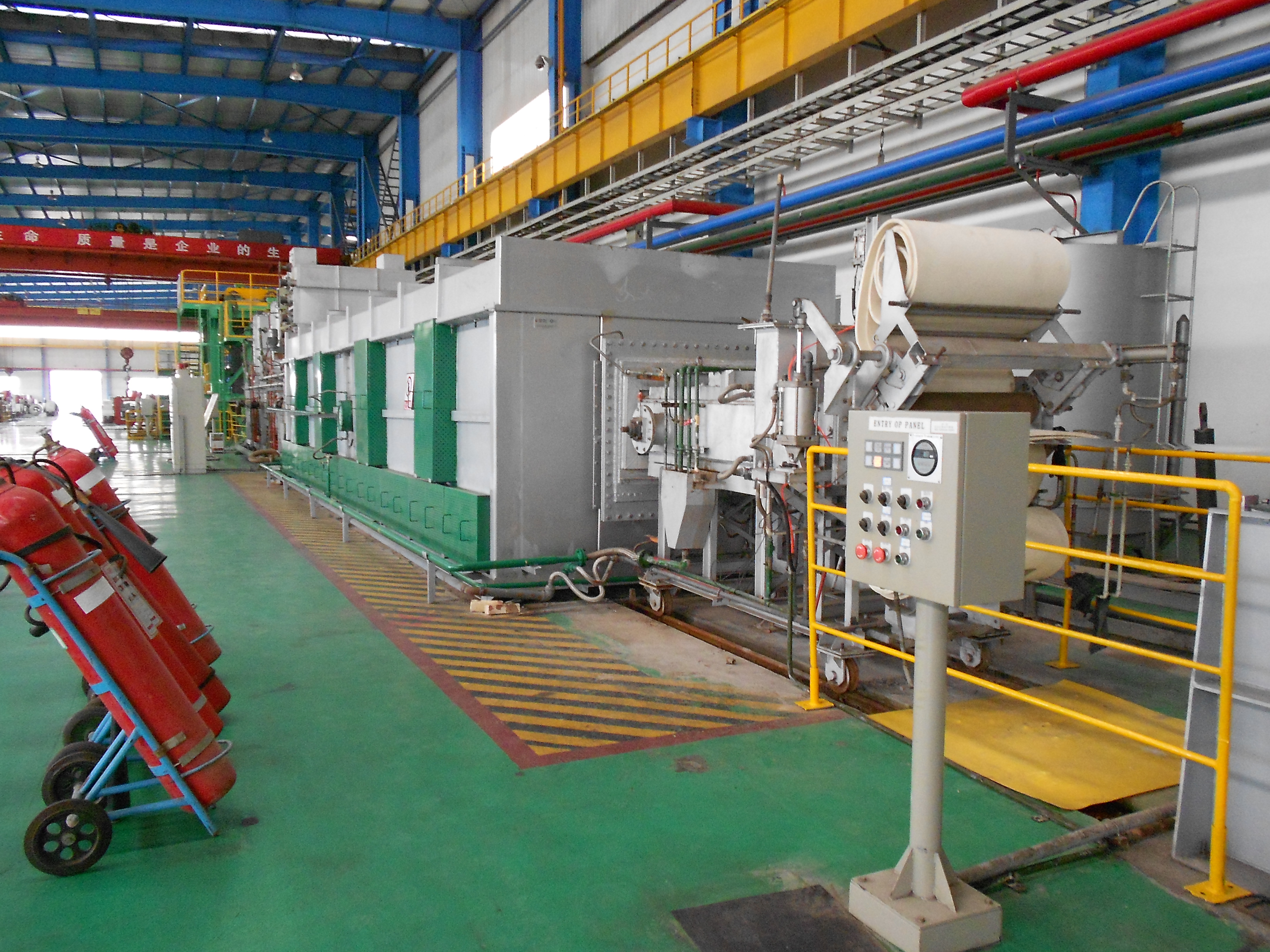Comparison of horizontal heating furnace and vertical heating furnace
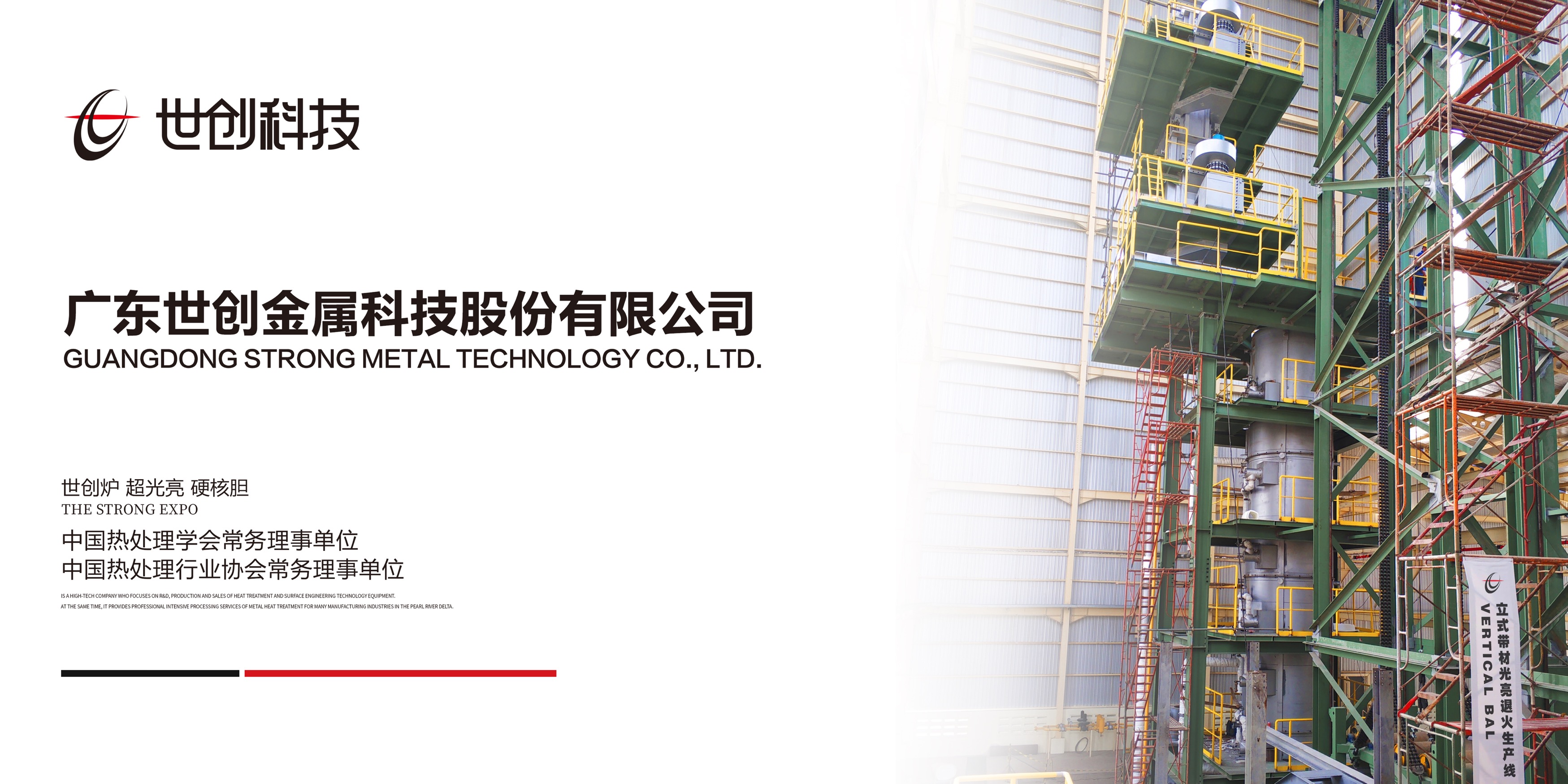
In line annealing continuous hot dip galvanizing production line, the initial use of the heating furnace is horizontal heating furnace. After the 1960s, the technology of continuous bright annealing of cold-rolled steel plates using vertical furnaces appeared. Later, this technology was quickly popularized in the continuous hot-dip galvanizing production of strip steel.
In recent years, due to the hot dip galvanizing production line high output, high quality, low energy consumption, low investment requirements have increasingly become the focus of attention, so under the existing conditions, what form of heating method to choose has attracted more and more attention, the following two types of furnace characteristics from different aspects of comparative introduction.
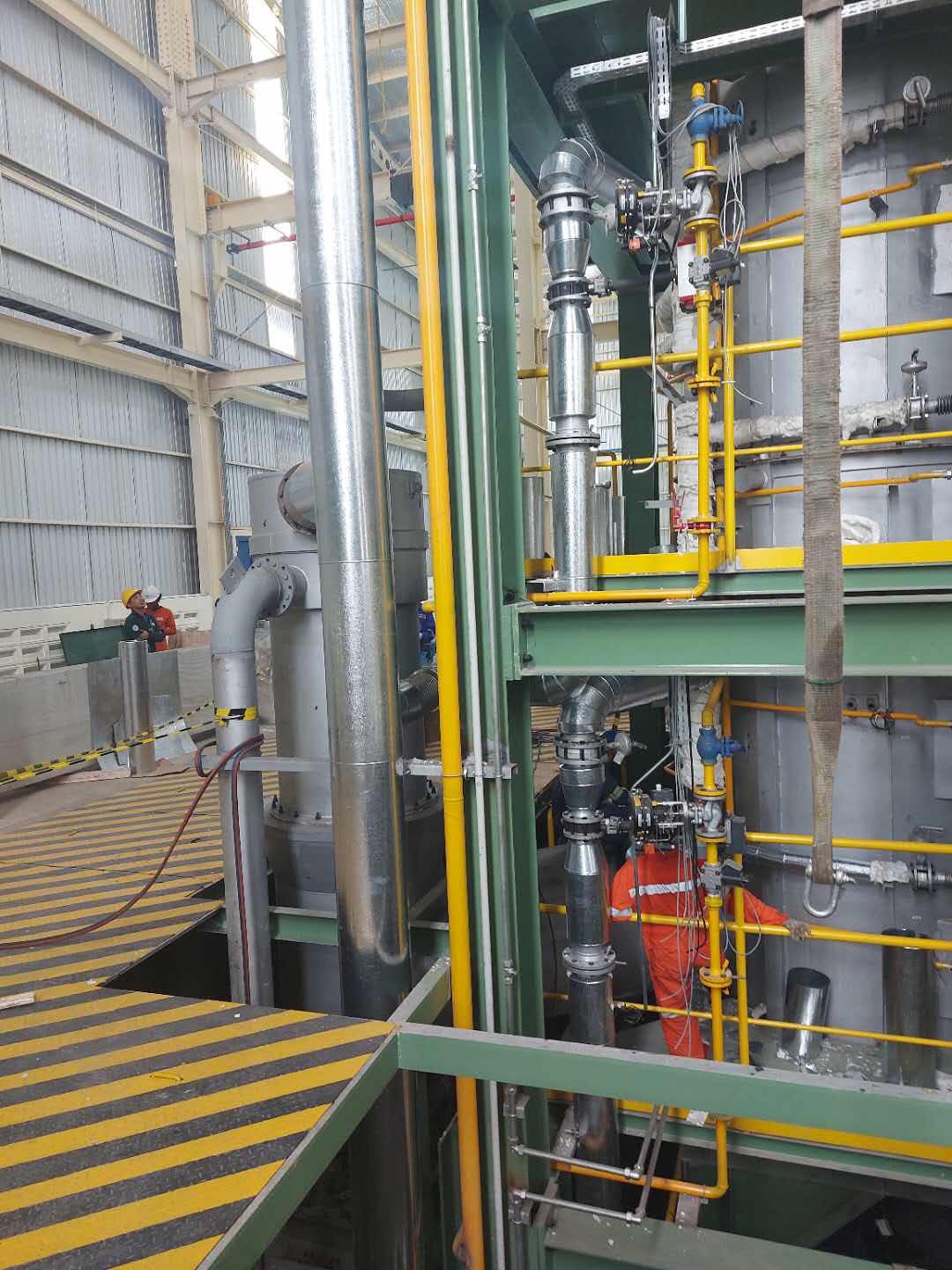
(1) Speed of the production line
Since the heating furnace on the galvanizing production line plays both the role of strip surface treatment and heat treatment annealing, the passing time of the strip in the furnace must be ensured, and the length of the heating furnace must be extended in order to improve the production speed.
When the vertical furnace is used, each additional pair of furnace rolls covers an area of 1.5m, which is equivalent to an increase of 20m strip length. When the horizontal furnace is used, the increase of the horizontal length of the furnace is consistent with the increase of the strip length.
In order to increase production, it is necessary to increase the production line speed, if you want to increase 20m/min, for the horizontal furnace, the production line needs to be extended by 20m, while the vertical furnace only needs to be extended by 1.5m. From the current continuous hot dip galvanizing production line, the strip is required to meet the time in the furnace about 1min, for the production speed has reached 250 ~ 325m/min of the unit, the length of the horizontal furnace has become an important factor limiting the production speed.
For units with the same output, the area length of the furnaces of the two furnace types can be several times different. Horizontal furnaces cover the same length, and different furnace types of production lines, the production capacity per meter of furnace is also very different. According to the status of Japan's hot-dip galvanized steel production line in 1986, the corresponding annual output per meter of furnace length is 0.158 million tons per meter of horizontal furnace, while the vertical furnace is 10,500 tons per meter.
(2) Requirements for production plant buildings
In the use of vertical heating furnace, hot dip galvanizing production line covers less length. However, the production workshop is required to have a certain height, such as the rail elevation of the hot-dip galvanized workshop needs 42m.
When the horizontal heating furnace is used, in order to ensure the production speed of the unit, the furnace should have the corresponding length. This plant covers a large area, but the height of the plant is only half of the height of the vertical furnace.
(3) The inner roll of the heating furnace
In order to turn or support the strip in the furnace, both vertical and horizontal furnaces require a considerable number of heat-resistant alloy steel rolls, and the furnace rolls used in the two types of heating furnaces have their own characteristics:
1) The covering Angle between the vertical furnace roll and the strip is large, which is not easy to produce relative sliding; The Angle between the roll and the strip of horizontal furnace is small, which is easy to cause relative sliding and scratches.
2) Compared with vertical furnace, horizontal furnace has more furnace rolls.
It needs to be explained that: first, the number of furnace rollers will inevitably cause the number of sealing parts and the use of seals, which increases the hidden danger of furnace leakage, and the second is the vertical furnace roller drive alone, the package Angle is 90°~180°, in addition to not easy to form a lump, this transmission is also conducive to the adjustment of the shape of the plate.
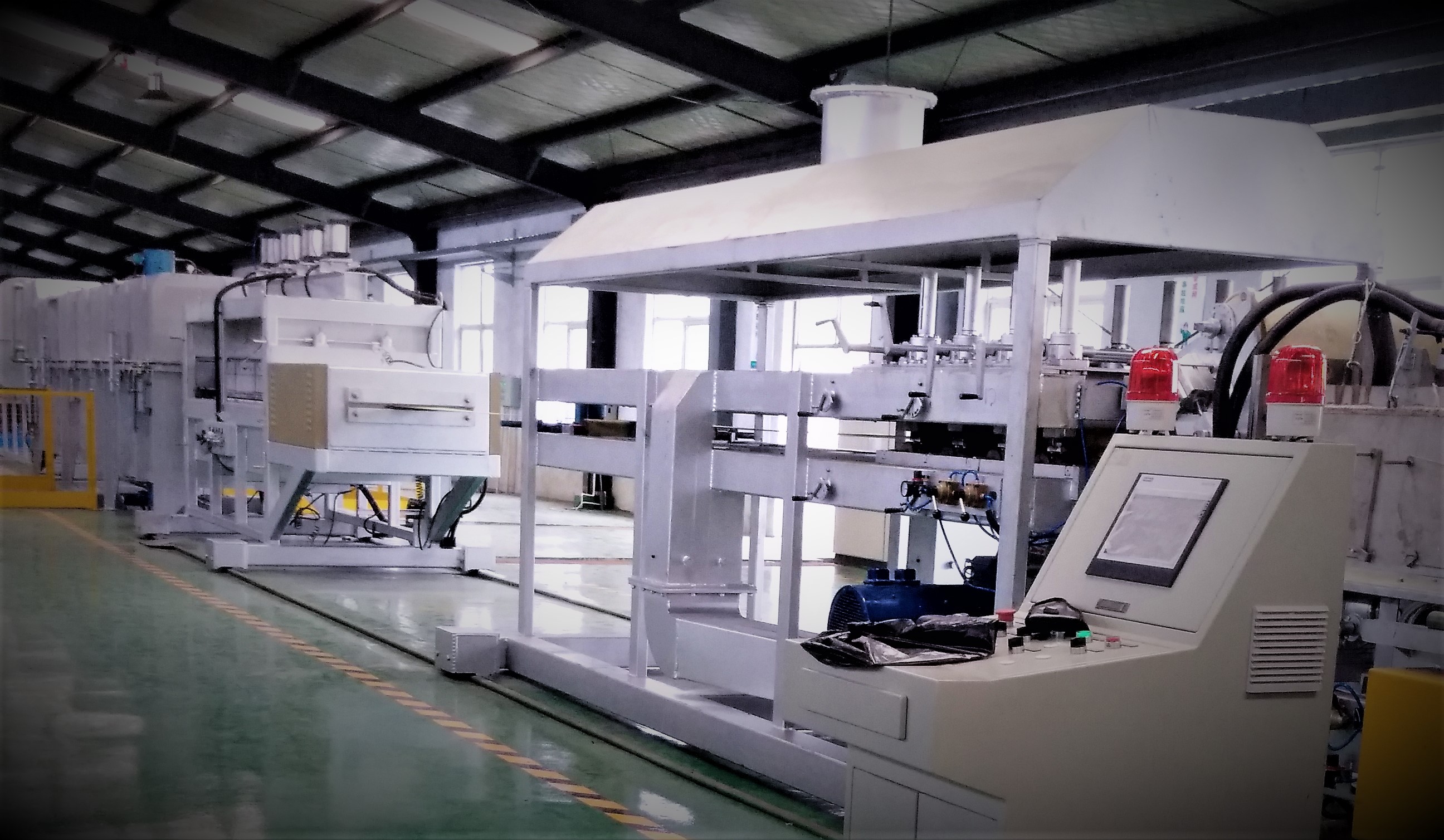
Daily introduction——Hardening And Tempering Line
A hardening and tempering line is a machine that is used to heat treat steel in a continuous process. The line typically consists of the following components:
An austenitizing furnace, which heats the steel to a high temperature (around 1,500 degrees Fahrenheit) to convert it into austenite, a face-centered cubic (fcc) solid solution of carbon in iron.
A quenching bath, which rapidly cools the steel to a temperature below the martensite start temperature (Ms), causing the austenite to transform into martensite, a hard and brittle form of steel.
An air cooling leveler, which helps to equalize the temperature of the steel after quenching.
An ironing furnace, which further heats the steel to a temperature below the Ms temperature to relieve stresses and improve toughness.
A tempering furnace, which slowly cools the steel to a temperature below the critical temperature, causing the martensite to transform into tempered martensite, a more ductile and tough form of steel.
The hardening and tempering line can be used to heat treat a variety of steel products, including strip, wire, rod, and bar. The line can be configured to heat treat different types of steel and to produce different properties in the finished product.
Here are some of the benefits of using a hardening and tempering line:
It is a more efficient way to heat treat steel than traditional batch methods.
It can produce a more consistent product quality.
It can produce a wider range of properties in the finished product.
It can reduce the amount of waste generated.

Hardening and tempering linesare used in a variety of industries, including the automotive, aerospace, and defense industries. They are also used in the manufacturing of tools, dies, and other precision components.
Here are some examples of products that are made using hardening and tempering lines:
Car parts, such as axles, gears, and springs.
Aircraft parts, such as landing gear and turbine blades.
Weapons, such as guns and knives.
Tools, such as drill bits and saw blades.
Dies, such as forging dies and stamping dies.
Hardening and tempering lines are a versatile and efficient way to heat treat steel. They are used to produce a wide variety of products in a variety of industries.
